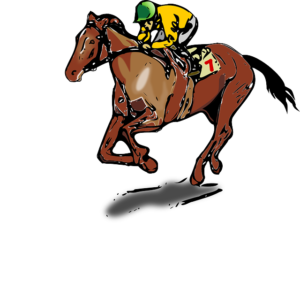Did Paul Carberry ever win the Grand National?
The short answer is yes, he did. On April 10, 1999, Paul Carberry won the Grand National on the 9-year-old Bobbyjo, owned by Robert Burke and trained by his father, Tommy. Of course, Tommy Carberry had ridden L’Escargot, the last Irish-trained horse to win the Grand National before Bobbyjo, in 1975, so victory for Bobbyjo was especially memorable for the Carberry family.
Bobbyjo had won the Irish National at Fairyhouse, under Carberry, a year earlier, but his only win since had come in his preparatory race for the Grand National, a two-mile handicap hurdle at Down Royal in March, under Carberry’s younger brother, Philip. At Aintree, Bobbyjo was 14lb out of the handicap but, in the face of sustained market support, was sent off 10/1 co-third favourite of three, behing Fiddling The Facts, trained by Nicky Henderson, and Double Thriller, trained by Paul Nicholls.
The market support proved to be justified because, having tracked the leaders for much of the way, Bobbyjo was switched to the outside to deliver his challenge at the final fence and was driven clear on the run-in to beat Blue Charm by 25 lengths. Bobbyjo never won again and was humanely euthanised, as an 11-year-old, in 2001. Reflecting on his career, Paul Carberry said, ‘He was a very easy horse to ride. He would settle for you and you could do anything you wanted with him. He was also very genuine and he jumped brilliantly.’
 Several of the ‘named’ fences on the Grand National course are contenders for the most difficult fence. In the order in which they are jumped during the Grand National, they are Becher’s Brook, which is jumped as the sixth and twenty-second fence, the Canal Turn, which is jumped as the eighth and twenty-fourth fence and The Chair, which is jumped just once, as the fifteenth fence.
Several of the ‘named’ fences on the Grand National course are contenders for the most difficult fence. In the order in which they are jumped during the Grand National, they are Becher’s Brook, which is jumped as the sixth and twenty-second fence, the Canal Turn, which is jumped as the eighth and twenty-fourth fence and The Chair, which is jumped just once, as the fifteenth fence.